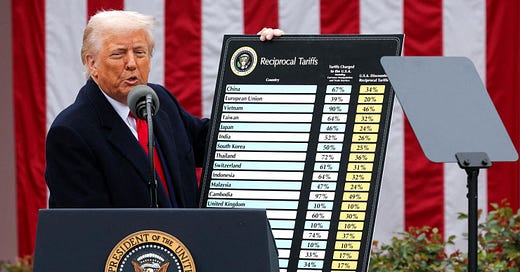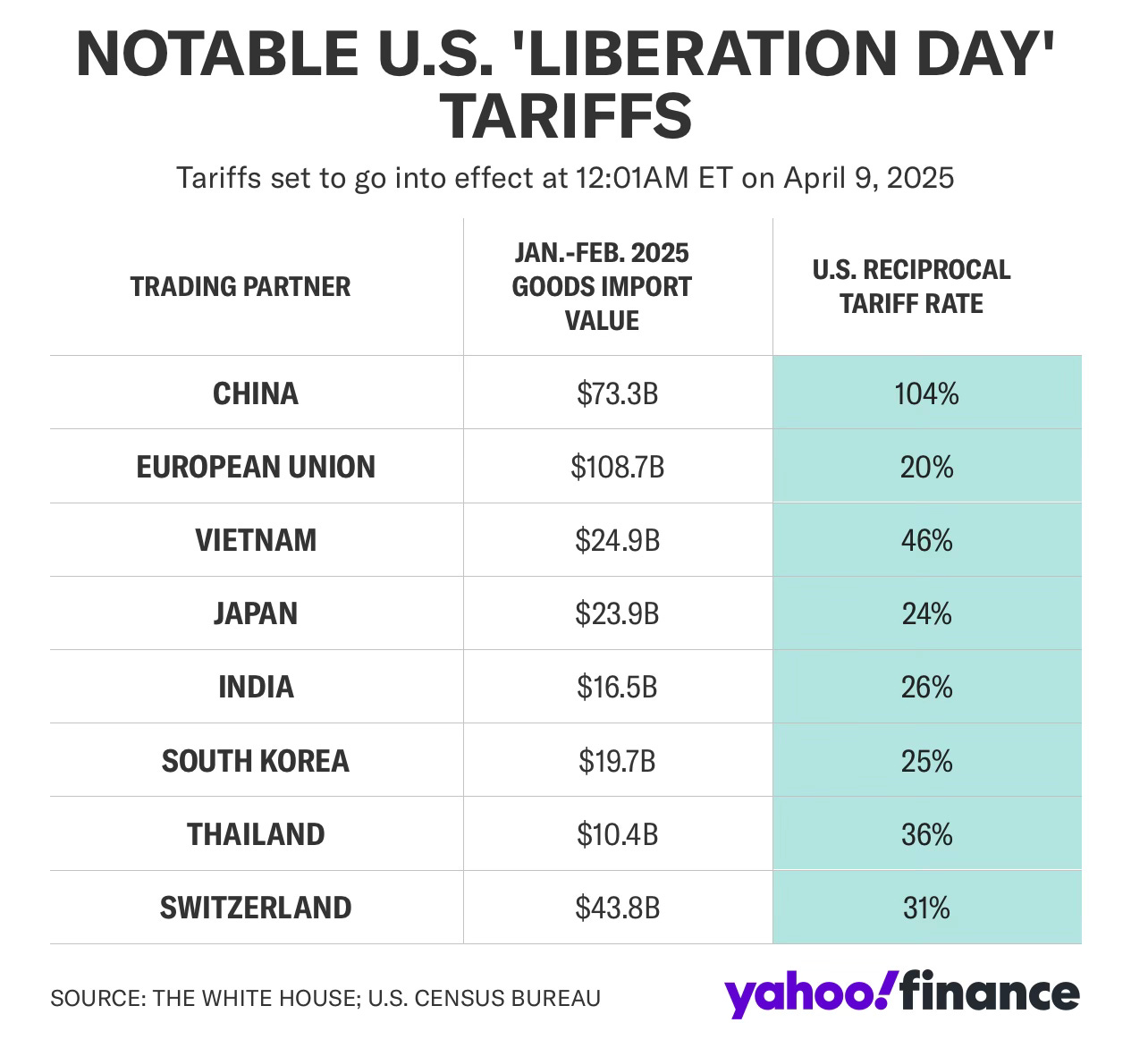Diving right into tariffs as a manufacturer, producer, and brand.
Take a deep breath. There is a supply chain lag on raw materials, which buys you some time. The game is to contract for materials now, and price in future increases. Before we get into pricing, let’s understand how even domestic agricultural ingredients will be affected, because stagnant export inventory does not mean low domestic prices.
Last time Trump imposed tariffs we had a bailout — Market Facilitation — where certain farmers got money and many food manufacturers switched to cheaper / different ingredients.
✅ This time around, farmers not likely to get Market Facilitation dollars; trade orgs will have to work harder
At the time, those direct payments amounted to over $500 million to almond, dairy, and walnut producers in CA (which actually wasn’t that much) but this time, it looks like it’s going to be up to public-private marketing orders and commodity groups to get us market access. Market access are workarounds, and farmers are gonna push for them hard. TBD.
For some of you, it might make it cheaper to outsource production to an FTA (free trade agreement) country like Mexico, and import the finished product, especially if raw ingredients face stiff tariffs. But that’s not the first thing to start thinking about.
✅ BRANDS: PLEASE CONTRACT NOW. My best advice to brands is take advantage of the uncertainty and lock in your wholesale prices.
When it comes to specialty crops, once again, farm gate prices will not correlate to wholesale prices
Tariffs will hurt California specialty crop exports leading to lower prices back to the farm, however, domestic demand for ingredients like almonds is strong amid limited supply. Best to contract for volumes early before Q2 demand pressures increase prices further. Already, almonds have seen a 10-cent increase in price per pound.
✅ Forecasting, pricing & pricing architecture during these times
The last time we had rising costs many of you did not raise price soon enough. Brands experiencing YOY growth need to be bullish on pricing, trade spend, and consumer spend. The premium consumer that sees value in your brand may do things like prepare more meals at home, but they will not trade down, will not compromise their heath. Continue to show them the value. Last time we had supply chain issues and inflation many brands waited too long to fix their pricing, and ended up pulling away from spend. You need to anticipate margin compression, and if need be raise price now.
As a point of reference, 2021-22 saw an average 15 - 20% price increases from CPGs. Don’t implement price changes willy nilly. Do calculations on the goods you import and anticipated costs, the percent they make up of your BOM (build of materials), then create a 2-3% buffer.
If you’ve never done pricing architecture now is a good time to learn. I can walk you through the proper way to do it, starting with your current channel, offerings within channel, then across channels. You really only get one shot with retailers to do this right.
All my best,
Jennifer





